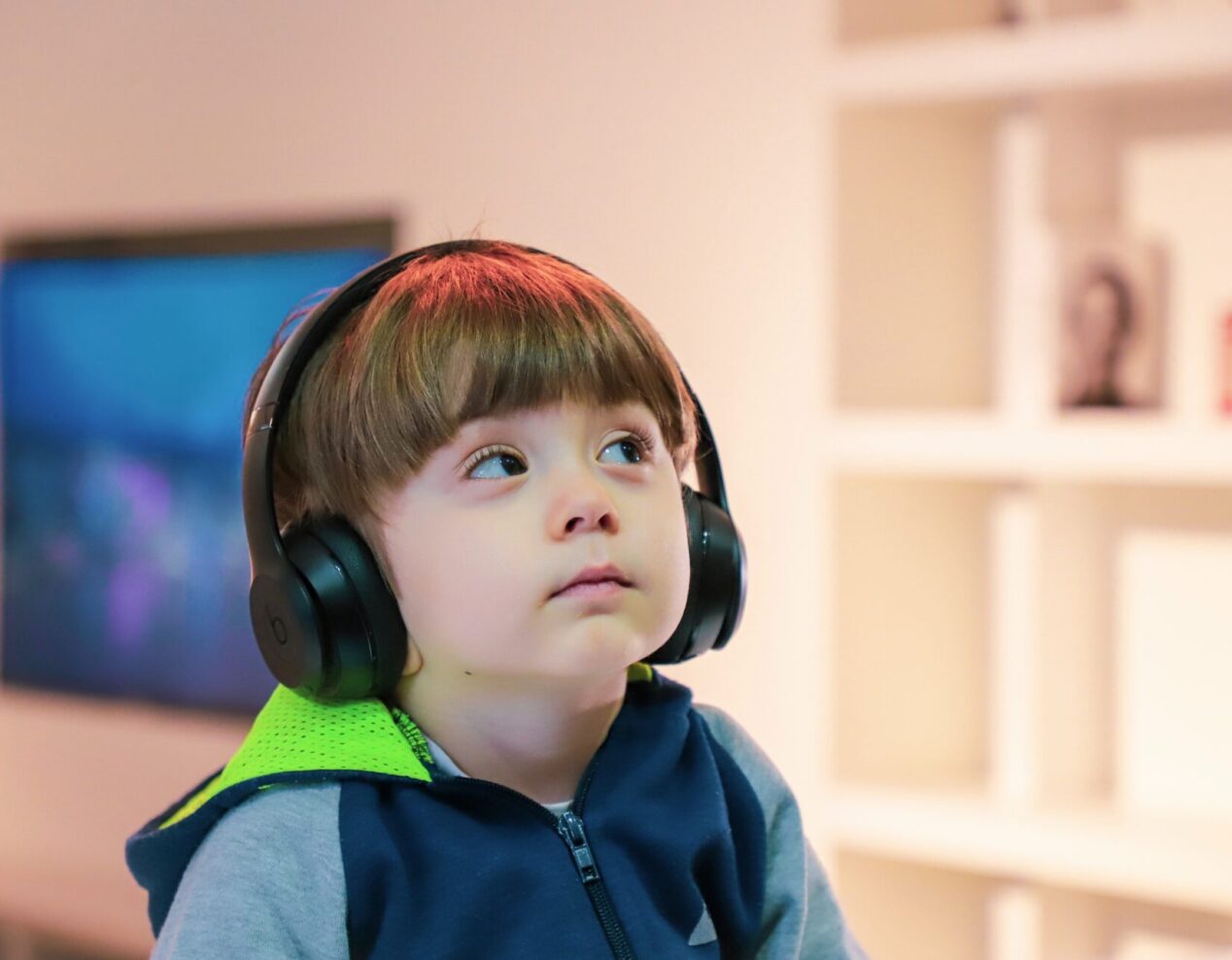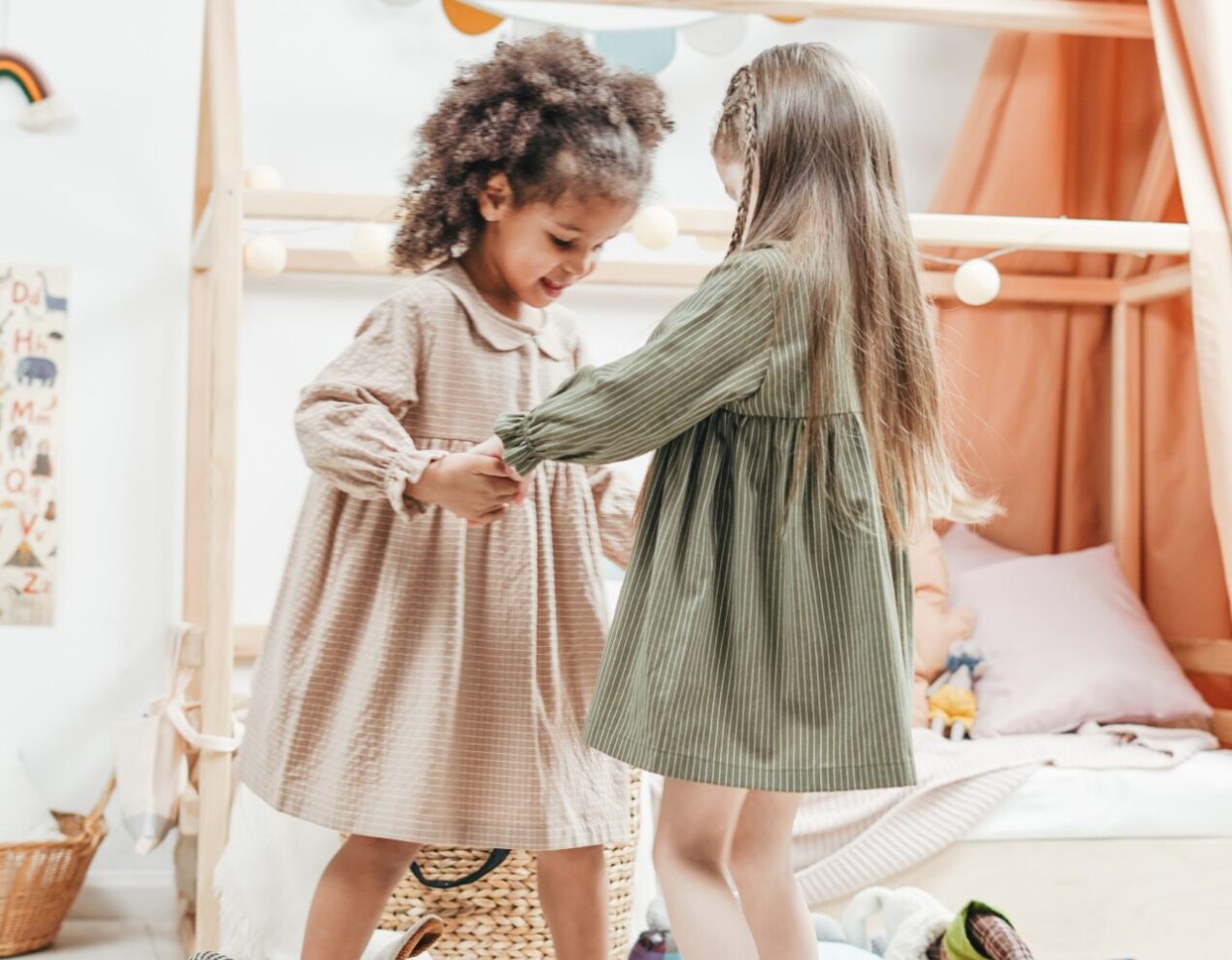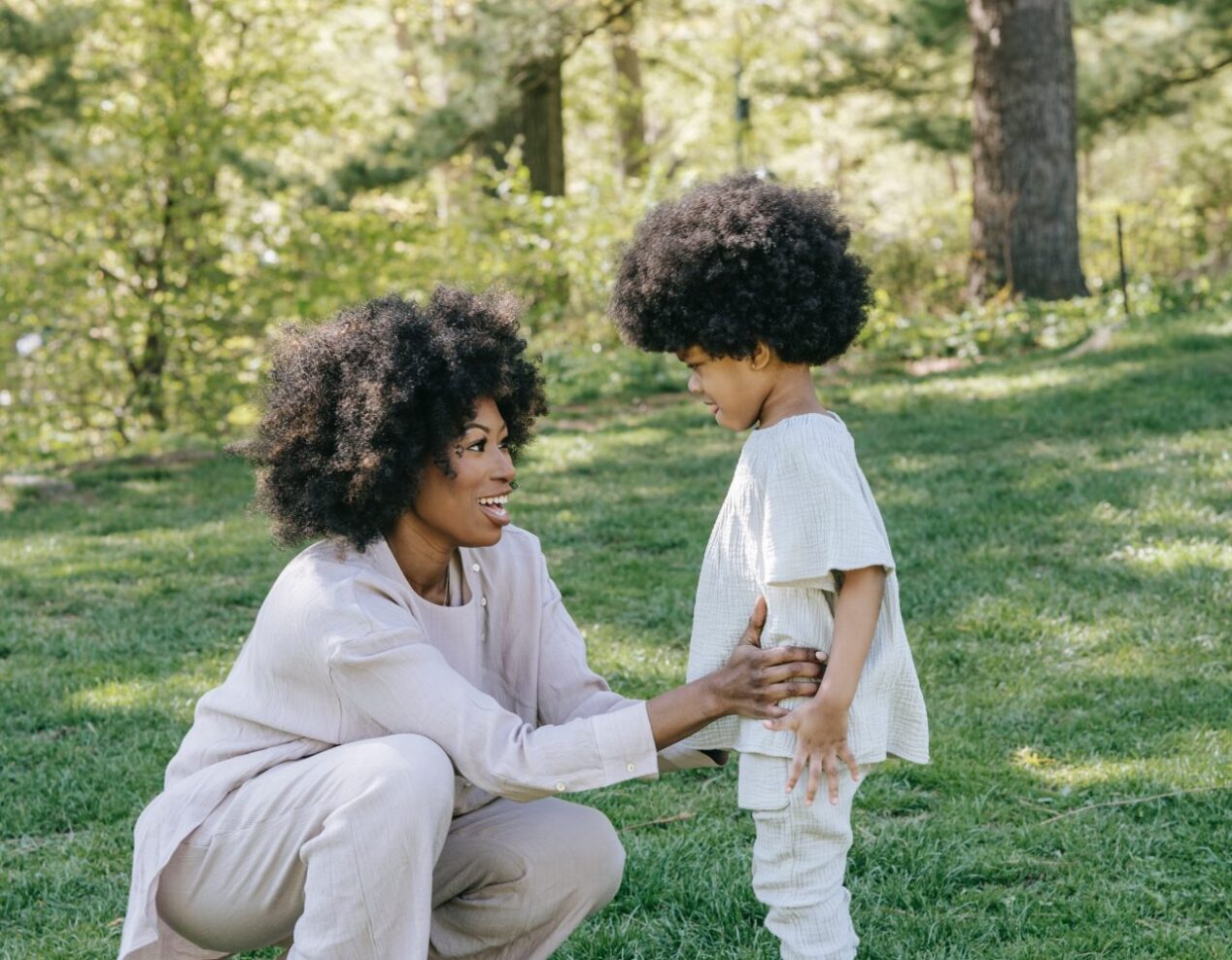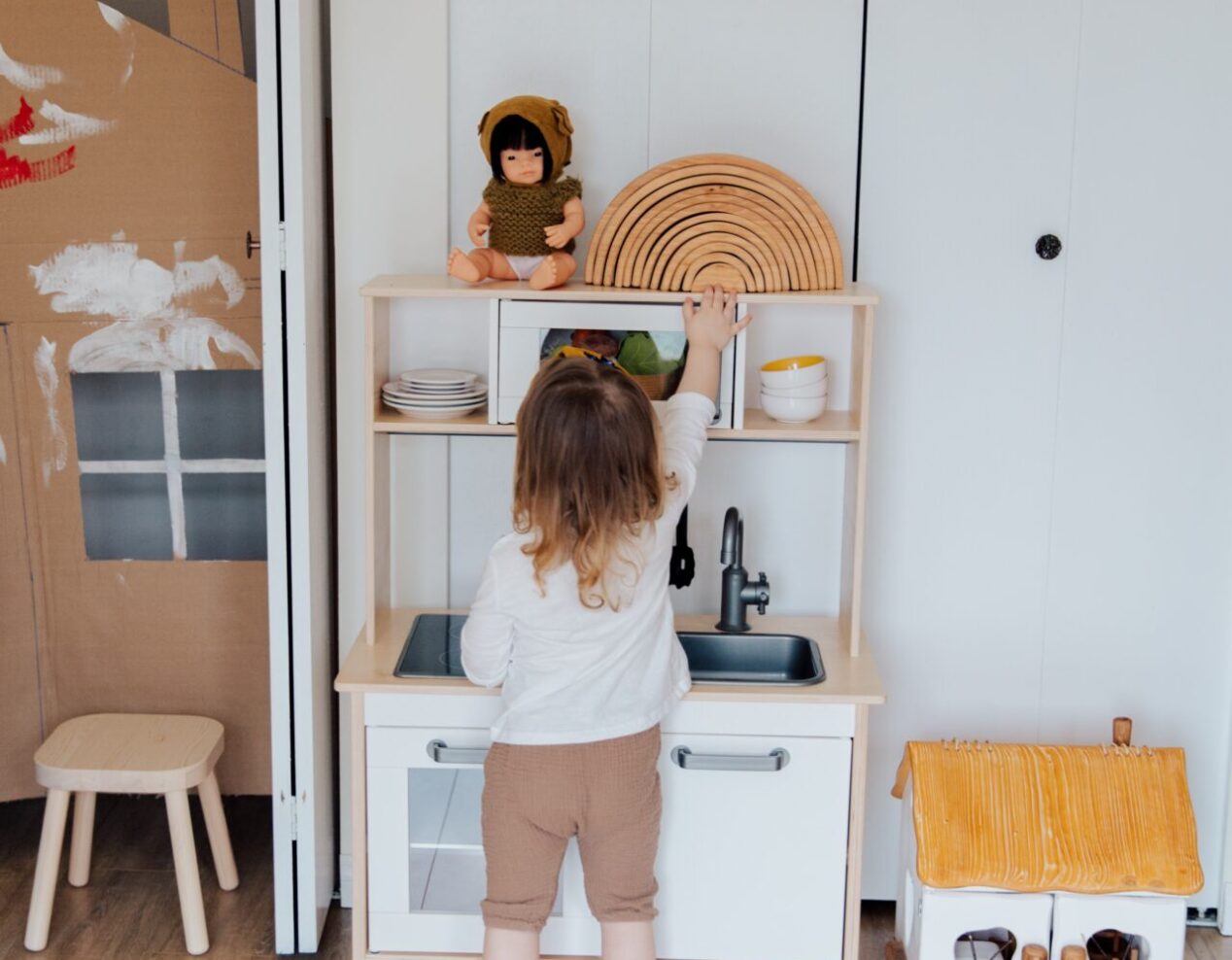Engage your toddler with a sound walk and other intriguing activities to enhance their linguistic prowess

Isn’t it amazing how a two-year-old starts becoming more conscious of the sounds in their surroundings?
The beep of a car horn, the knock on the front door, or the bark of a dog at a distance may spark their curiosity and excitement.
In the realm of Howtotalk, it is suggested that connecting these sounds to corresponding words such as beep, knock, and bark can stimulate different aspects of your child’s receptive language. These are the words your toddler can comprehend but might not be able to express just yet.
Below are some interesting ways to hone your toddler’s ability to decipher sounds:
Handmade Musical Vessels
Collect 3-5 identical jars and fill each with varying quantities of water. Now gently tap the jars with a metal spoon, a pencil, or a stick and listen to the different pitches. The fun part is in adjusting the water level to change the tune of the jars.
Embark on a Sound Adventure
Guide your child through a journey of sounds in your local area. Ask your child about the sounds they hear during the walk. Assist them in identifying the sounds around them. For instance, you could ask: “Can you hear the birds tweeting or the engine of a car?”
Play the “Little Ear Discovers” Game
This game is a twist on the classic “I Spy with My Little Eye” and can be played anywhere without any preparation. Let your toddler focus on the sounds and identify them. You can start by saying, “With your little ear, can you hear the leaves rustling in the wind?” Enhance their awareness by directing their attention towards the source of the sound: “Look at the leaves moving on the tree.”
Craft a Homemade Drum Kit
Creating a drum set from household items is a great way to engage your child:
Gather various sized cans (from canned food, peanut butter, etc.), empty and clean them, and take off the tops. Cover the edges with sturdy tape for safety. Remove the ends of balloons, stretch them over the cans, and fasten with rubber bands. Use a stick, pencil, or even your hands to bang the drum. Enjoy a drum session with your two-year-old. Create a rhythmic pattern – say, tap TAP, tap TAP, tap TAP – and see if your child can mimic it. Once they’ve got it, try a slightly more challenging rhythm – tap tap TAP, tap tap TAP, tap tap TAP.
Such engaging sound games serve as building blocks for language development, mathematical abilities, and reading skills that will unfold gradually in the forthcoming months and years.



